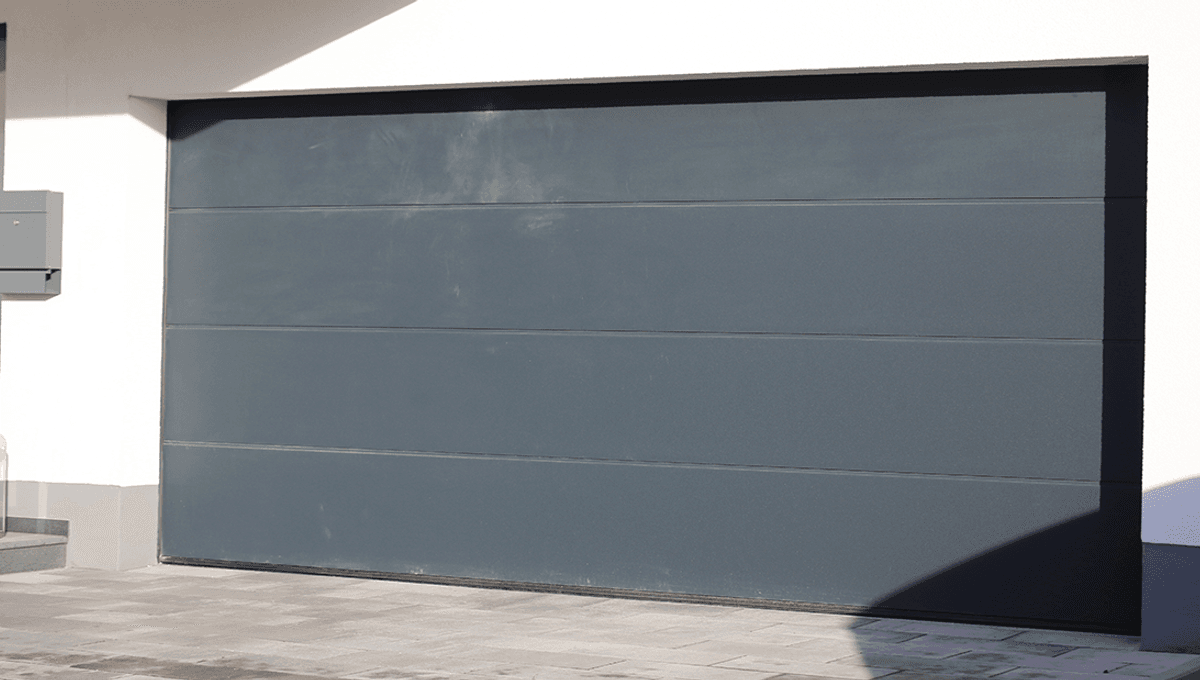In a stunning new demonstration of quantum mechanics, a team of MIT physicists has settled a nearly century-old debate between Albert Einstein and Niels Bohr, with the results showing Einstein was wrong. The team performed an idealized version of the famous double-slit experiment, confirming that light has a dual identity as both a particle and a wave, but that these two natures can never be observed at the same time.
The experiment addresses a 1927 thought experiment in which Einstein argued one could detect which of two slits a photon particle passes through while simultaneously observing its wave-like interference pattern. In response, Niels Bohr used the quantum uncertainty principle to argue this was impossible.
The MIT team, led by Professor Wolfgang Ketterle, brought this historic debate into the lab. Instead of a screen with physical slits, they used laser beams to arrange over 10,000 super-cooled atoms into a perfect lattice, with each atom acting as a single, isolated slit. By scattering weak beams of light through the atoms, they could precisely measure the interplay between light’s particle and wave characteristics.
Their results, published in Physical Review Letters, definitively confirmed Bohr’s position. The researchers found that the more information they gathered about a photon’s particle-like path, the more its wave-like interference pattern was diminished.
Einstein and Bohr would have never thought that this is possible, to perform such an experiment with single atoms and single photons. What we have done is an idealized Gedanken experiment. — Wolfgang Ketterle, a professor of Physics at MIT.
The timing of the discovery is fitting, as the United Nations has declared 2025 the International Year of Quantum Science and Technology (IYQ), celebrating the 100th anniversary of the theory’s formulation.
I have always been fascinated by technology and digital devices my entire life and even got addicted to it. I have always marveled at the intricacy of even the simplest digital devices and systems around us. I have been writing and publishing articles online for about 6 years now, just about a year ago, I found myself lost in the marvel of smartphones and laptops we have in our hands every day. I developed a passion for learning about new devices and technologies that come with them and at some point, I asked myself, “Why not get into writing tech articles?” It is useless to say I followed up the idea — it is evident. I am an open-minded individual who derives an infinite amount of joy from researching and discovering new information, I believe there is so much to learn and such a short life to live, so I put my time to good use — learning new things. I am a ‘bookworm’ of the internet and digital devices. When I am not writing, you will find me on my devices still, I do explore and admire the beauty of nature and creatures. I am a fast learner and quickly adapt to changes, always looking forward to new adventures.
Source link

